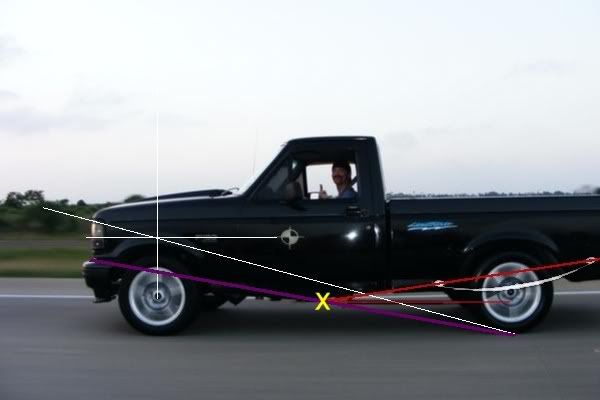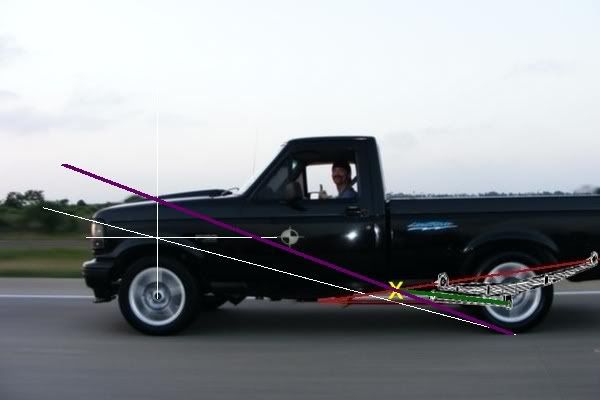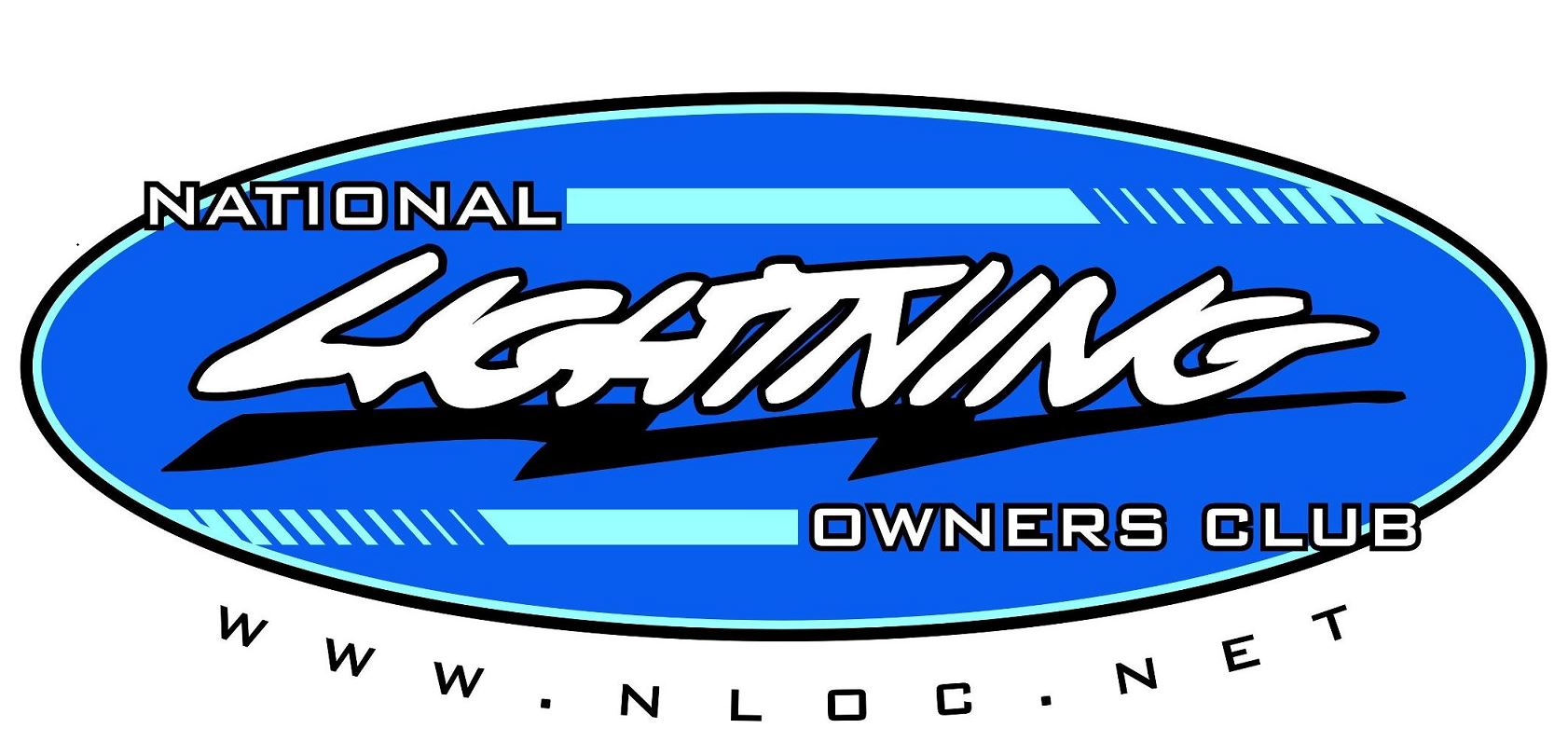Jamesd Duff Bars aint Chit!!!!
this is the Ultimate in wheel hop control!!!!!!!!!!

this is the Ultimate in wheel hop control!!!!!!!!!!


Jamesd Duff Bars aint Chit!!!!
this is the Ultimate in wheel hop control!!!!!!!!!!

Jamesd Duff Bars aint Chit!!!!
this is the Ultimate in wheel hop control!!!!!!!!!!

bobby is this the quad shocks they used back in the day?
I've never heard or met anyone with them before.
What part of your ride are you trying to get more comfort from? Is the rearend too stiff for you? If you don't do any towing you could remove a leaf or two from your spring pack to soften up the ride. It's wayy cheaper then those shackles and if you don't like it you can just add them back.
Sorry, but I gotta jump in too....I'm on a stock motor, was initially thinking long bars, then was sold on the Duff bars by our two sales reps...then Jamie had me thinking the long bars would be more comfortable for my daily driver....also, I'm staying stock suspension but have also wanted to run Sulastic rear shackles for more comfort.
Has anyone used sulastics WITH long bars or any other hop-stopper? Thanks.
Nicely done! My best with the stock slapper bars is 1.757, but shortly thereafter I blew the diff. apart. I read someone else on here post that 1.7's were the max. for the slappers and they were obviously right, so be careful, because you're right on the edge!
Nicely done! My best with the stock slapper bars is 1.757, but shortly thereafter I blew the diff. apart. I read someone else on here post that 1.7's were the max. for the slappers and they were obviously right, so be careful, because you're right on the edge!
max for the 8.8 as a whole? or the Limited slip?
i'm not cutting anything that good, and have a mac girdle on it... just curious if i should worry...
:headscratch:
max for the 8.8 as a whole? or the Limited slip?
i'm not cutting anything that good, and have a mac girdle on it... just curious if i should worry...



:headscratch:
Very good explanation Steve. Thanks.
I’m somewhat hesitant to post this. I am not a suspension expert – in fact it’s probably the area of automotives that I know the least about. And this forum, more than most, seems to be poorly receptive to thoughts that run contrary to convention. Oh well, at the risk of being called stupid – let’s stir the pot. :stirpot:
Jamie has (unwittingly) done a good job of running down some of the negatives of long bars – but I’ll summarize:
1. No adjustability
2. Bind
3. Poor geometry
The first two are obvious and easily understood. The third you could write a book about. In fact this guy did.

^one of my reference books^
I’m going to try to explain it as briefly as possible to the best of my understanding. I’m also going to showcase my photoshop skills with some very poorly rendered graphics. Enjoy.
(Disclaimer; the pictures are not intended to be accurate – they are for illustrative purposes only. Please don’t PM me with death threats and comments about my mother because my CG is misplaced.)
Let’s start with instant center. The instant center is the point about which the rear end pivots as it moves up and down with the suspension. The instant center is easy to see on a ladder bar car – it’s the point where the bars attach to the frame (crossmember). On a four link car it’s the imaginary point where the bars would intersect. When you add a traction device, like a long bar or Caltrac, you have effectively created a four link with the leaf spring acting as the upper link, In the pictures below I have marked the instant centers with a yellow ‘X’. If you draw a diagonal line from the contact patch of the rear wheels through the instant center you get the ‘line of force’ or 'force vector' through which the forward momentum from the tires is conveyed to the vehicle. (The purple lines in the pictures below.)
Now let’s turn our attention to squat. First let’s draw a vertical line through the center of the front wheels, then draw a perpendicular line that runs through the vehicle’s center of gravity (estimated in the pictures as roughly camshaft high and somewhere forward of center on our slightly nose heavy Lightning). Now from that point of intersection we draw a diagonal line to the contact patch of the rear tire. This line is the “100% anti-squat” line. (The white diagonal line in the pictures.)
What is anti-squat and why is it important? Anti-squat is a by-product of the geometry of the rear suspension where the axle is ‘pushed’ away from the body of the car (by the lower link) under acceleration (this is called ‘separation’). This ‘plants’ the tires and increases traction. Conversely, squat is the upward movement of the rear suspension under acceleration which unloads the rear tires – thereby decreasing traction. It’s easy to mistake squat as effective weight transfer. It is not.
Long bars

Caltracs

As you can see from the pictures the geometry of the long bar promotes squat (line of force is below the 100% anti-squat line) – Caltracs promote anti-squat (line of force is above the 100% anti-squat line). What this means from a practical perspective is that you can hit the tires harder with Caltracs than you ever could with long bars.
In summary – long bars are an idiot proof way to eliminate wheel hop. If you’re serious about racing they are not the best choice (they’re probably the worst) but when the differences are measured in 100ths of a second most people aren’t going to care. And since Caltracs require proper set up to be effective those same people would probably never realize their benefits.
Happy motoring… :heart:
Steve
